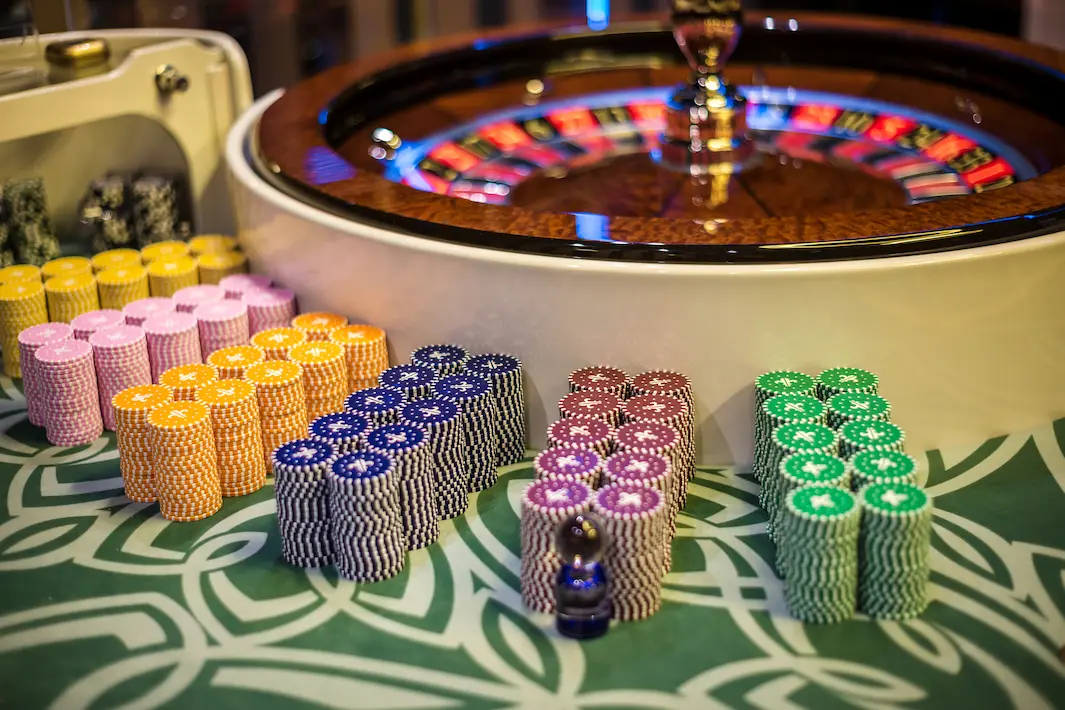 Article Contributors
Article Contributors In sports betting, the calculation of the main statistical indicators is the foundation of every action taken by the player and the bookmaker. For example, when choosing a company for future bets, a bettor is interested primarily in the rating and statistics of the institution. How do analysts calculate ratios? Are the proposed numbers correct? What percentage of bets are successful?
If the bettor’s main goal is to make money on bets, the player will have to choose the main strategy. Any tactic of any game is based on a mathematical approach. In order to use the Martingale system correctly, the player will have to double the bet after each loss. So, first, you need to determine the possible bank, calculate the percentage of each subsequent bet to the original one, and determine the size of the input amount.
The success of the bet directly depends on the probability of each of the outcomes and corresponds to the assessment proposed by the bookie. Calculating the value of bets allows an experienced player to use high odds for sports events in their favour.
Gambling is incompatible with negligence; the collection and analysis of information must be carried out by the bettor constantly. Obviously, if betting is just an interesting and exciting hobby, there is no point in delving into all the complexities of calculating the success rates. However, if betting is the main or additional source of income, you should approach this with all seriousness.
Basic rules for successful betting

Each player who is considered to be successful has his own favourite game strategy. Without a systematic approach to professional betting, it will be very difficult. Some develop their own methodology, but most bettors complete the existing ones. In any case, rash and unnecessary bets often lead to the loss of the entire bank.
Excitement and emotional atmosphere sometimes influence the financial literacy of the players negatively. The desire to recoup here and now, without preparation, turns into large financial losses. A cool mind and stress resistance are the main requirements for a professional in both betting and online casinos. In addition, it would be useful to allocate an amount of money that can be spent without any negative consequences.
Systematization of data is also necessary when analysing your own games: how much, when, with what coefficient did you make a bet? You should keep a detailed record of all bets placed. These indicators will help to draw attention to the shortcomings of the chosen tactics. In addition, the gameplay adjustment should be carried out byFtaking the received data into account.
Sooner or later, every bookmaker’s client asks himself how profitable his game is. Should I keep betting? Does it bring profit? And if so, which one and over what period of time? These questions can be answered by looking into the calculations of the main indicators of the player’s profitability.
Purpose of YIELD and ROI parameters
YIELD is the main indicator of game success. It’s designed to determine the percentage of profit from the sum of all bets made. To calculate it, this formula is used:
YIELD=(P/S)*100, where P is net income, S is a sum of money of all bets.
Let’s make a calculation of this indicator using an example. The total bank of the player is 7 thousand roubles, during a specific period of time 100 bets were made at 100 roubles each. At the end of the specific period, net profit amounted to 500 roubles. Let’s calculate YIELD:
Y=(500/10000)*100=5%.
The result obtained indicates relatively high profitability. It’s believed that staying within the range of 5-10% is a preferred result.
To minimize errors, it’s better to calculate YIELD with a large number of bets: 500 to 1000 bets. However, it still remains informative at short distances.
The ROI parameter also helps to evaluate the success of bets; however, the amount of the game bank is used to determine it:
ROI=(Р/В)*100, where P is net profit, B is the amount of the bank.
In our example ROI=(500/7000)*100=7.1%
This indicator is relevant only for a large number of bets. It also reflects the success of the bets but in a different way. Inflated numbers can mislead the player, so the result should be treated with caution.
Bets success rate and net profit calculation

The percentage of successful bets is a rather relative parameter with a narrow focus. It’s better to use it in combination with other information from other sources. For the result to be useful for prospective analysis, it’s necessary to take the average size of the odds in the bets made and their nominal number into account.
The formula for calculations: (number of winning bets/total number of bets)*100.
For example, 65 bets were played, 35 of them were unsuccessful. According to the formula, this is the result we get: (65/100)*100=65%.
The resulting percentage can reflect the actual state of affairs only in a combination with analysis of other data. You can win a large number of bets with very low odds, but lose one high bet and remain in the red.
The calculation of net profit isn’t difficult; it can be accomplished by comparing the amount of the bank before and after betting. In the aforementioned example, the player received 500 roubles over 100 bets. Some other things should also be considered: how long did it take to receive this amount? How many bets were there? After all, gaining 500 roubles of profit with a bank of 200 roubles or a bank of 2000 roubles make a huge difference.
Many experienced bettors first and foremost determine an indicator called the break-even point. It shows the minimum percentage of winning bets that allows you to leave the bank amount untouched. To calculate, you need to know the average odds of all bets placed.
The formula looks like this: T=100/K, where T is the point of interest, K is the coefficient used in bets. So, if we prefer to make deals with an average odd of 2.0, then to break even we have to win at least 50% of the bets. In our example, the required number of wins is 50. An important condition for the calculation is that the odds in the completed bets shouldn’t differ significantly, as it’s taken into account when choosing the average coefficient for the formula.
The proposed methods for evaluating the game’s success are used by players for recurrent analysis of their finances and game tactics. It’s much easier to determine the nuances that require closer attention when using specific examples.




